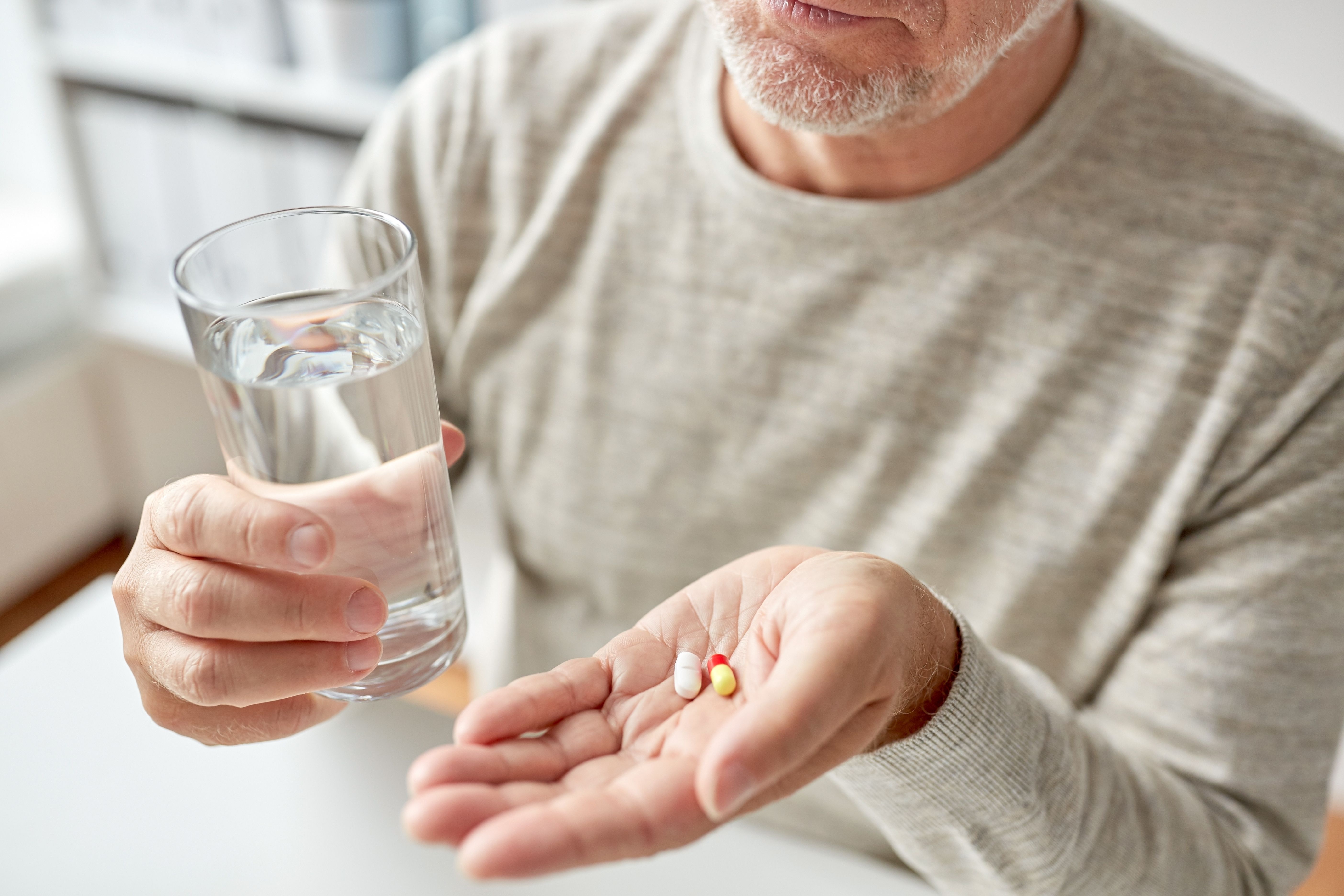Article
Top 10 Dirtiest Places in the Pharmacy
Author(s):
Certain areas within the pharmacy are hotspots for germs and bacteria.
Regardless of how much you clean yourself or wash your hands at every opportunity, your surroundings remain a breeding ground for germs. No place stays germ-free for very long. A pharmacy is no exception in regard to dirt and germs, with some areas that are considered especially dirtier than others.
Dirtiest Places in a Pharmacy
1. Keyboard and mouse
Kimberly-Clark Professional performed research on the dirtiest places in an office, taking swabs of nearly 5000 surfaces in an office building with approximately 3000 employees. They then used an ATP meter to analyze the swabs and determine the sanitary conditions of a particular area.
The device measures the presence of ATP (adenosine triphosphate), a molecule found in all bacteria, yeast, vegetable, animal, and mold cells. The higher the ATP, the more bacteria and viruses.
In this research, it was revealed that 27% of keyboards have an ATP reading of more than 300 and 69% of more than 100. Fifty-one percent of computer mice, on the other hand, have an ATP of 100 or more. Between the 2, the keyboard is considered the dirtiest, and as such requires more disinfectant than the mouse does.
Because retail pharmacies use keyboards for inventory, fill prescriptions, and just about everything that needs documentation, pharmacists are exposed to more germs through the keyboard alone.
2. Chair
A study conducted by San Diego University researchers revealed that the back of an office chair is swarming with bacteria. This has something to do with the fact that air in an office building contains as many as 106 bacteria per cubic meter, according to one study, not counting the microbes that employees bring in the office from the outdoors.
3. Desk
Do you have a desk in the pharmacy you work in? You should know that an office desk is a hot spot for germs and is said to have 400 times more bacteria than a toilet seat. In 2002, a study by the University of Arizona showed that a toilet seat only has 49 germs per square inch, but a desk has 21,000 germs per square inch.
4. Sink Faucet Handles
Pharmacies often have sinks that are used in a number of ways, including washing utensils used by retail pharmacists. Sinks happen to be breeding grounds for germs, and the faucet handles a point of transmission.
5. Water Fountain/Cooler Buttons
Whether the retail pharmacy store you work in has a water fountain or a water cooler, you should know that the buttons used to collect water are considered dirty, with 33% receiving an ATP reading of 300 or higher.
6. Microwave Door Handles
Similar to a refrigerator, the door handles of a microwave are teeming with germs. They can have an ATP reading of more than 100 or 300, depending on how often it is disinfected.
7. Desk Phones
According to the Kimberly-Clark Professional study, 51% of desk phones have an ATP reading higher than 100, which should be decontaminated with regular disinfection. But the study at the University of Arizona revealed that desk phones have more than 25,000 germs per square inch.
8. Copy Machine
Similar to the buttons of a water cooler or fountain, the buttons of an office copy machine also have lots of germs. What's worse, these germs accumulate as the day goes by.
9. Tables and Counter Tops
Hard surfaces such as wooden tables and dispensing counters in a retail pharmacy are breeding grounds for bacteria and cold and flu viruses. The number of bacteria increases by 31% throughout the day, and cold and flu viruses can survive on hard surfaces for up to 18 hours.
10. Coworkers
The other pharmacists you work with are also a source of germs and bacteria. Studies conducted by San Diego University revealed that 10% to 20% more bacteria are found in men than women in the workplace.
How to Keep the Dirtiest Places in a Pharmacy Clean
- Use a germicidal detergent to clean all surfaces.
- Use sterile water to dilute a germicidal detergent.
- Clean from top to bottom and from the cleanest to the dirtiest to limit the spread of contamination.
- All interior surfaces of the primary engineering controls (PEC) must be cleaned daily.
- Deactivate all PEC surfaces before cleaning with germicidal detergent when performing hazardous drug compounding.
- Clean all surfaces at the end of every compounding day.
SOURCES
https://www.cheatsheet.com/money-career/6-dirtiest-things-in-your-office.html/?a=viewall
http://journals.plos.org/plosone/article?id=10.1371/journal.pone.0037849#s3
http://www.master-cleaners.co.uk/clean-office-infographic.php
http://healthland.time.com/2012/05/24/the-6-dirtiest-places-in-the-office/
http://edition.cnn.com/2004/HEALTH/12/13/cold.flu.desk/
https://www.pppmag.com/article/1254/January_2013/Top_10_Effective_Cleaning_Practices/
Brandon Welch is the executive vice president of the American Pharmacy Purchasing Alliance and sits on the Advisory Board of Digital Marketing for the University of South Florida​, where he is a PharmD candidate.






